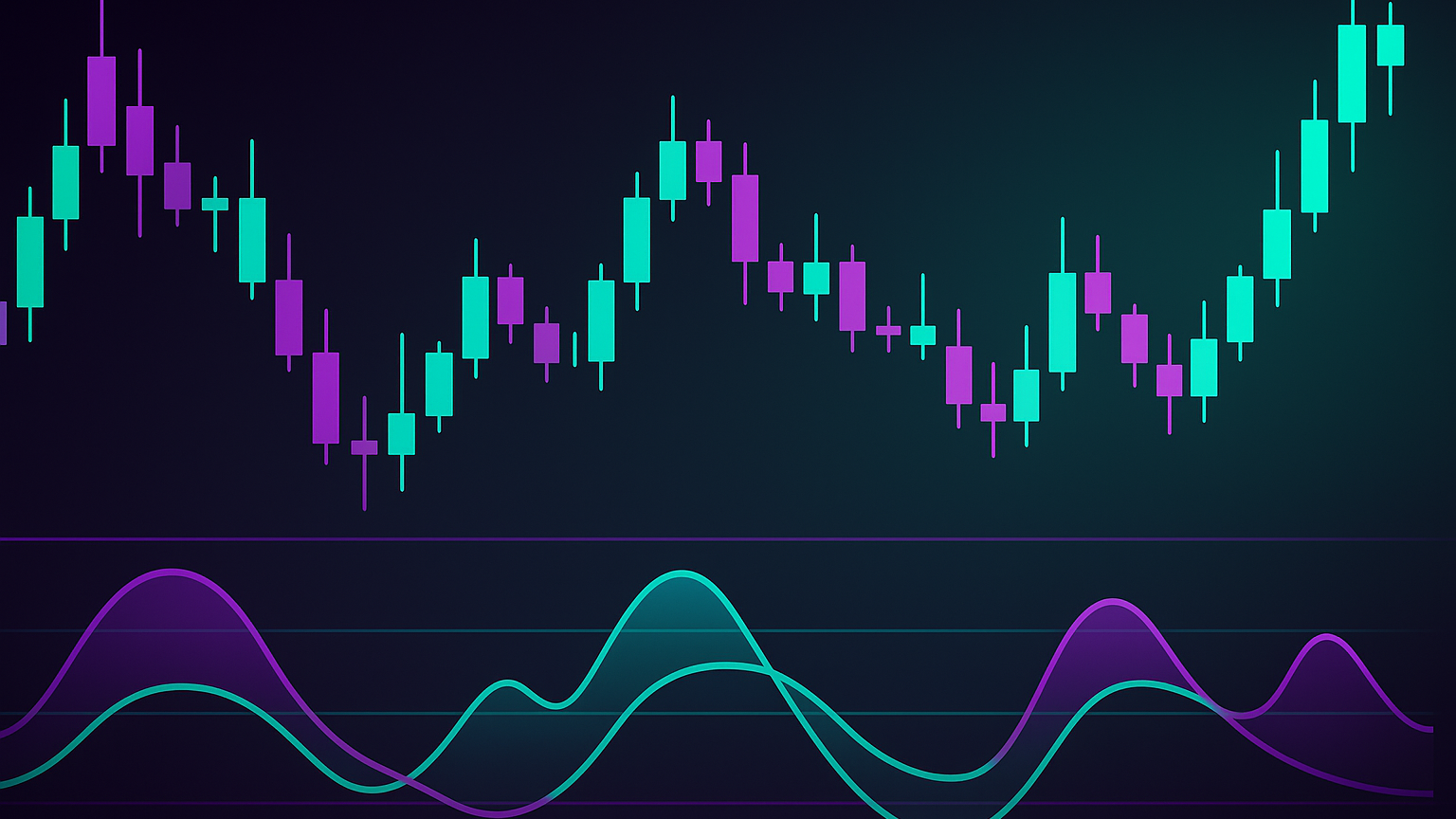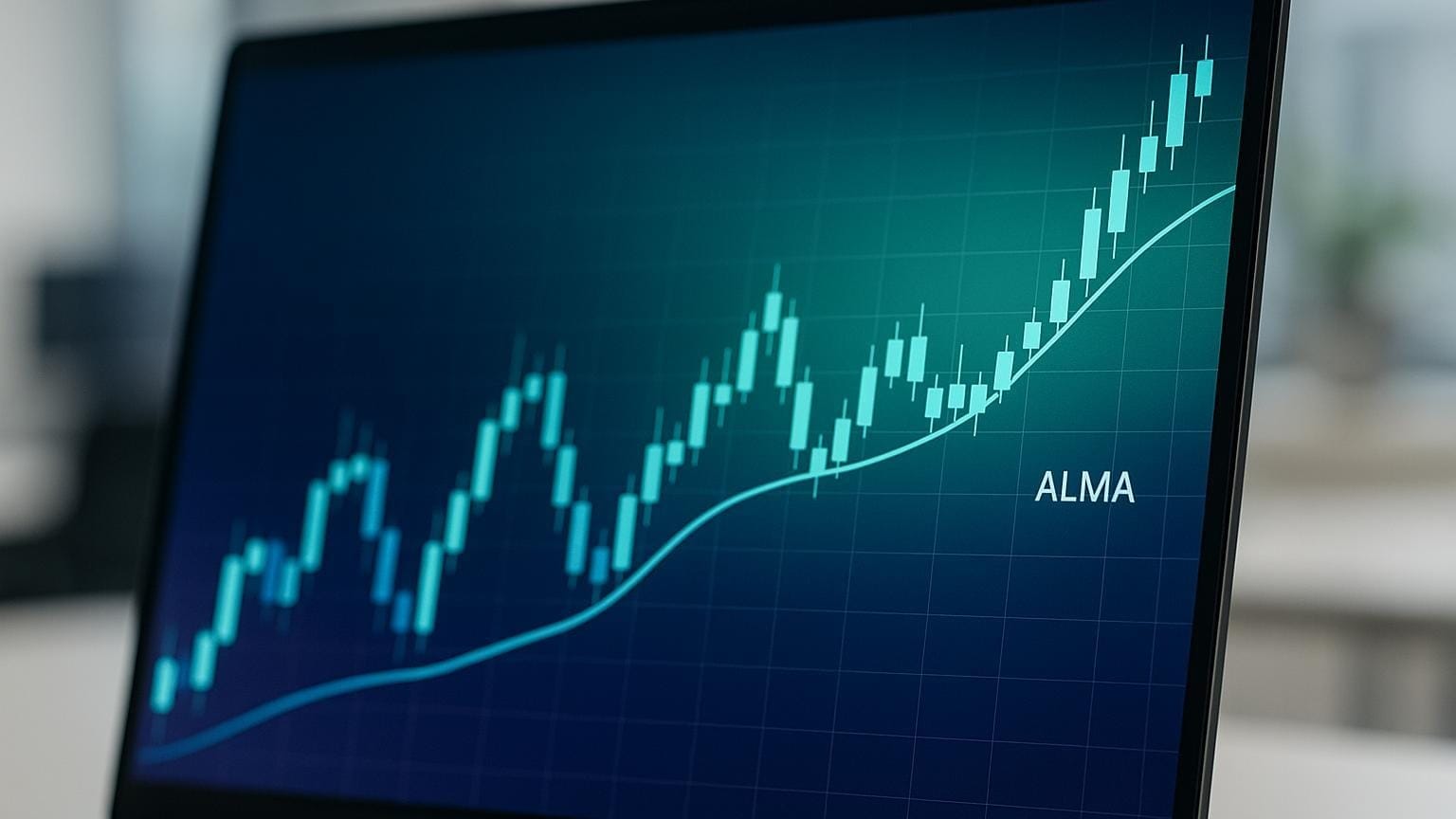Explore the Hull Moving Average, a powerful indicator that enhances trend detection with minimal lag and improved signal clarity for traders.
The Hull Moving Average (HMA) is a technical indicator designed to address the lag and noise of traditional moving averages like SMA and EMA. Created by Alan Hull, it offers a faster response to price changes while maintaining a smooth trend line. By using weighted averages and square root calculations, the HMA reduces lag and improves signal clarity, making it particularly useful for identifying trends and reversals in fast-moving markets.
Key Benefits of HMA:
- Reduced Lag: Reacts quicker to price changes than SMA or EMA.
- Smoothed Line: Filters out market noise for clearer trend signals.
- Trend Identification: Highlights uptrends and downtrends with minimal delay.
- Versatility: Works well for day trading, swing trading, and volatile markets.
Why Traders Use HMA
- Faster Signal Detection: Helps spot trend changes earlier than traditional averages.
- Minimized False Signals: Maintains directional bias in choppy markets.
- Dynamic Application: Effective across forex, stocks, and cryptocurrencies.
The HMA is calculated using a three-step process involving weighted moving averages and square root smoothing. This unique formula balances speed and smoothness, making it a preferred tool for traders seeking reliable trend confirmation. When combined with other indicators like RSI or volume, the HMA becomes even more effective for refining trade entries and exits.
For traders looking to improve timing and decision-making, the Hull Moving Average stands out as a practical and efficient tool.
The Ultimate Guide to the Hull Moving Average (From Novice to Pro)
Mathematical Foundation and Calculation Method
The Hull Moving Average (HMA) uses a unique three-step process that combines weighted averages and square root smoothing to reduce lag. Alan Hull developed this formula with the goal of minimizing lag while improving smoothing, setting it apart from other moving averages [1].
Here’s the formula:
HMA = WMA(2 × WMA(n/2) − WMA(n), √n)
- n represents the number of periods.
- √n is the square root of n, rounded to the nearest whole number [1].
Let’s break this process down step by step.
Step-by-Step Guide to Calculating HMA
- Step 1: Calculate WMA for half the period (n/2). This emphasizes recent price movements.
- Step 2: Calculate WMA for the full period (n). This provides a baseline trend.
- Step 3: Apply the Hull formula (2 × WMA(n/2) − WMA(n)) and smooth the result with WMA(√n).
For example, with n = 16, the final smoothing is done with a 4-period WMA, producing a more responsive average that reduces lag compared to SMA or EMA.
How HMA Reduces Lag and Improves Responsiveness
The HMA reduces lag by assigning more weight to recent data points and incorporating the subtraction of full-period WMA from double the half-period WMA. This accelerates responsiveness while maintaining smoothness. Its structure allows it to react faster to market changes than traditional averages, yet without excessive noise.
Practical Applications of HMA in Trading
The HMA can be applied across multiple markets — forex, stocks, and crypto — to identify trends, reversals, and dynamic support/resistance levels. It works best when combined with volume or momentum-based indicators for confirmation.
Comparison: HMA vs. Other Moving Averages
Compared to SMA, EMA, and WMA, the HMA offers superior responsiveness with minimal lag. SMA is smooth but lags; EMA reduces lag but can still react slowly. HMA combines responsiveness and smoothness, making it particularly valuable for fast-moving markets.
Using LuxAlgo Tools Alongside the HMA
LuxAlgo does not offer a dedicated HMA indicator. However, its toolkits on TradingView can be used effectively alongside the HMA. Traders can use HMA as the core trend filter and then layer in LuxAlgo’s Signals & Overlays (S&O) toolkit for advanced entry/exit signals or the Price Action Concepts (PAC) toolkit for market structure confirmation. This combination enhances reliability and reduces false signals.
Additionally, the AI Backtesting Assistant can be used to test HMA-based strategies by integrating LuxAlgo indicators into strategy design. This ensures strategies are validated under different market conditions before being deployed live.
Conclusion: Why HMA Matters for Traders
The Hull Moving Average is an advanced moving average that minimizes lag without sacrificing smoothness, making it highly effective for fast-paced markets. Used in combination with LuxAlgo’s exclusive TradingView toolkits, traders can unlock more powerful insights, validate signals, and backtest strategies with greater confidence.
FAQs
What makes the HMA different from SMA and EMA?
The HMA adjusts faster to price movements than SMA and EMA while keeping a smooth line. SMA lags heavily, and EMA improves responsiveness but still lags compared to HMA.
Can the HMA be used with other indicators?
Yes, the HMA works best when combined with volume, RSI, MACD, or LuxAlgo’s toolkits for confirmation.
References
LuxAlgo Resources
- LuxAlgo — Official Site
- Understanding Moving Averages
- Hull Butterfly Oscillator
- Machine Learning Regression Trend
- Battle Signals
- Reversal Candlestick Structure
- Support & Resistance Dynamic
- Adaptive Momentum Oscillator
- Oscillator Matrix Reversal Signals
- Signals & Overlays Toolkit
- Price Action Concepts Toolkit
- Oscillator Matrix Toolkit
- AI Backtesting Assistant
- Backtesting AI Overview
- AI Backtesting Docs — Fetching Strategies








